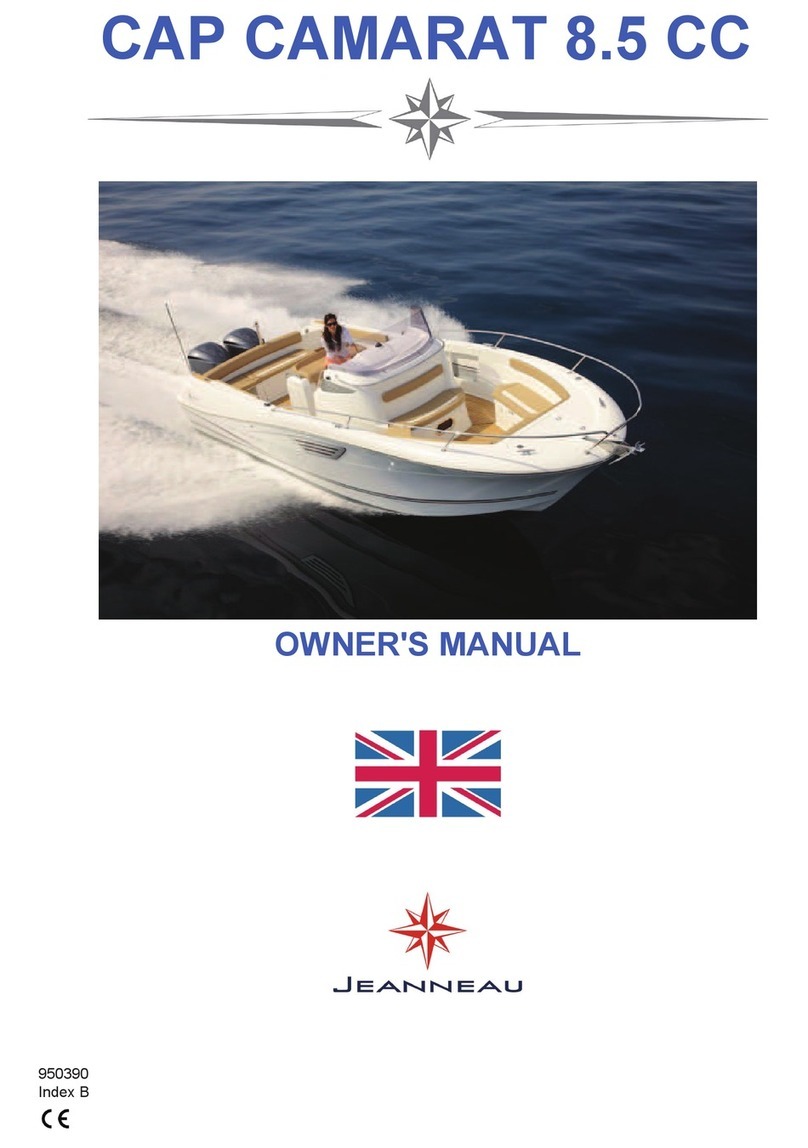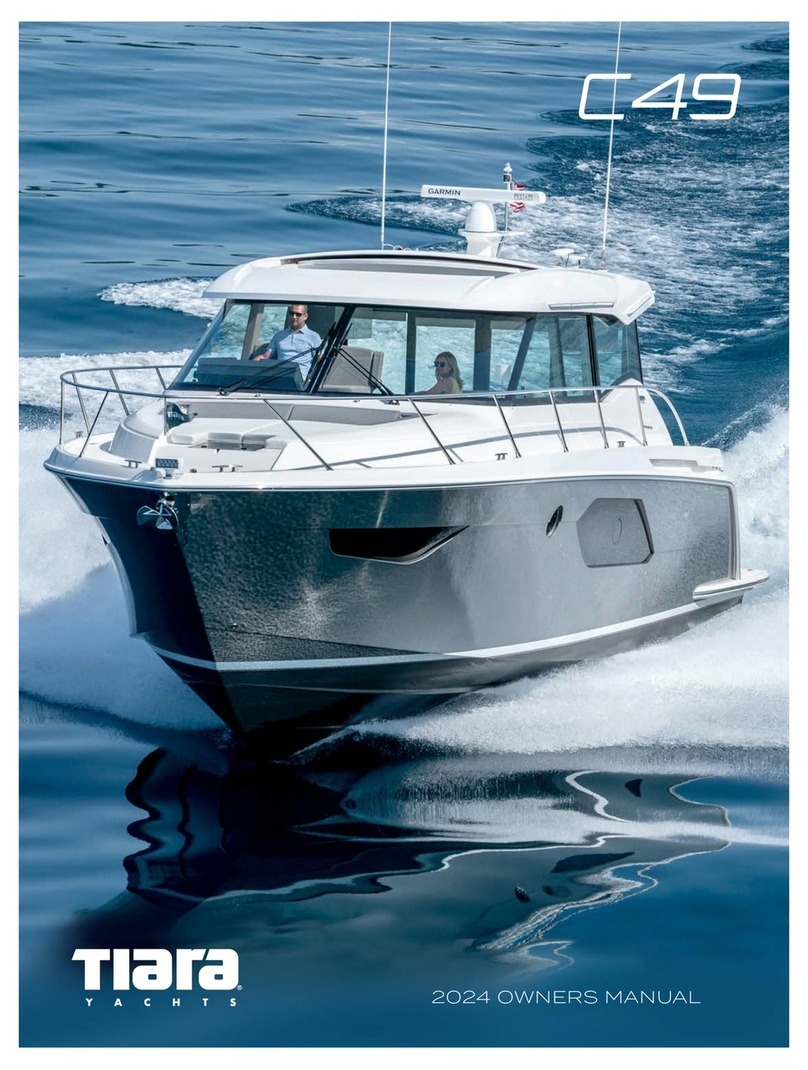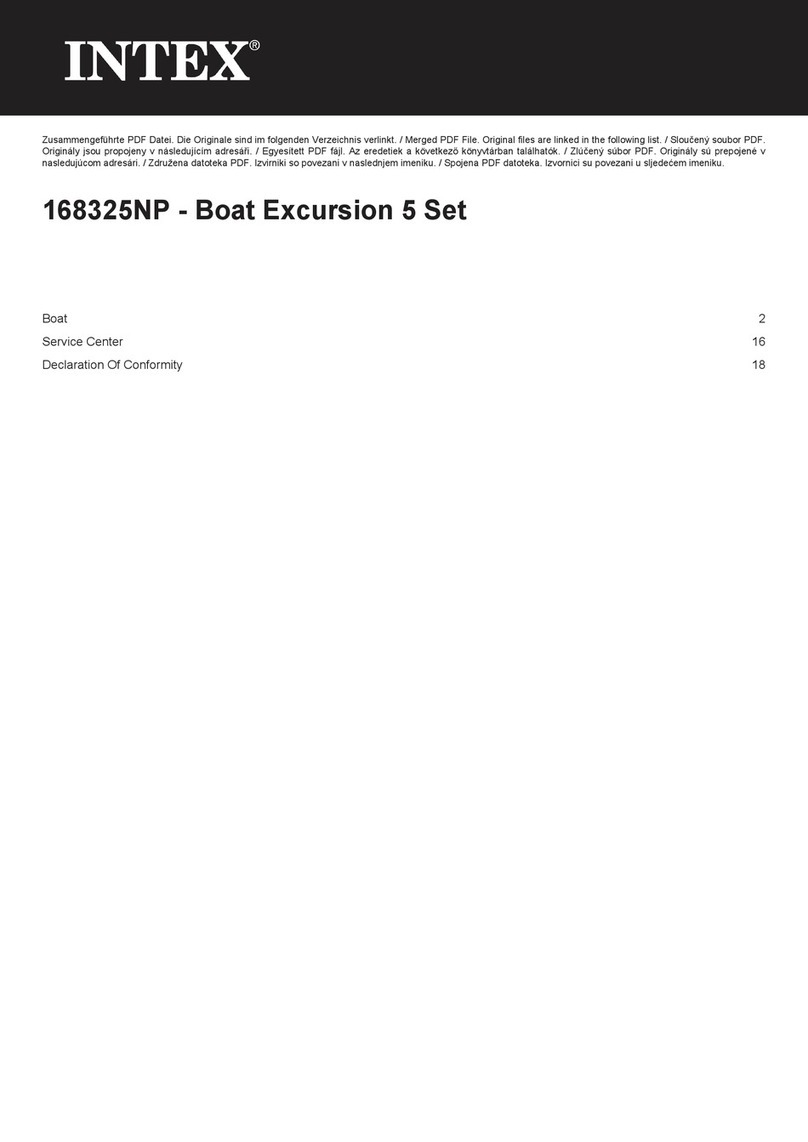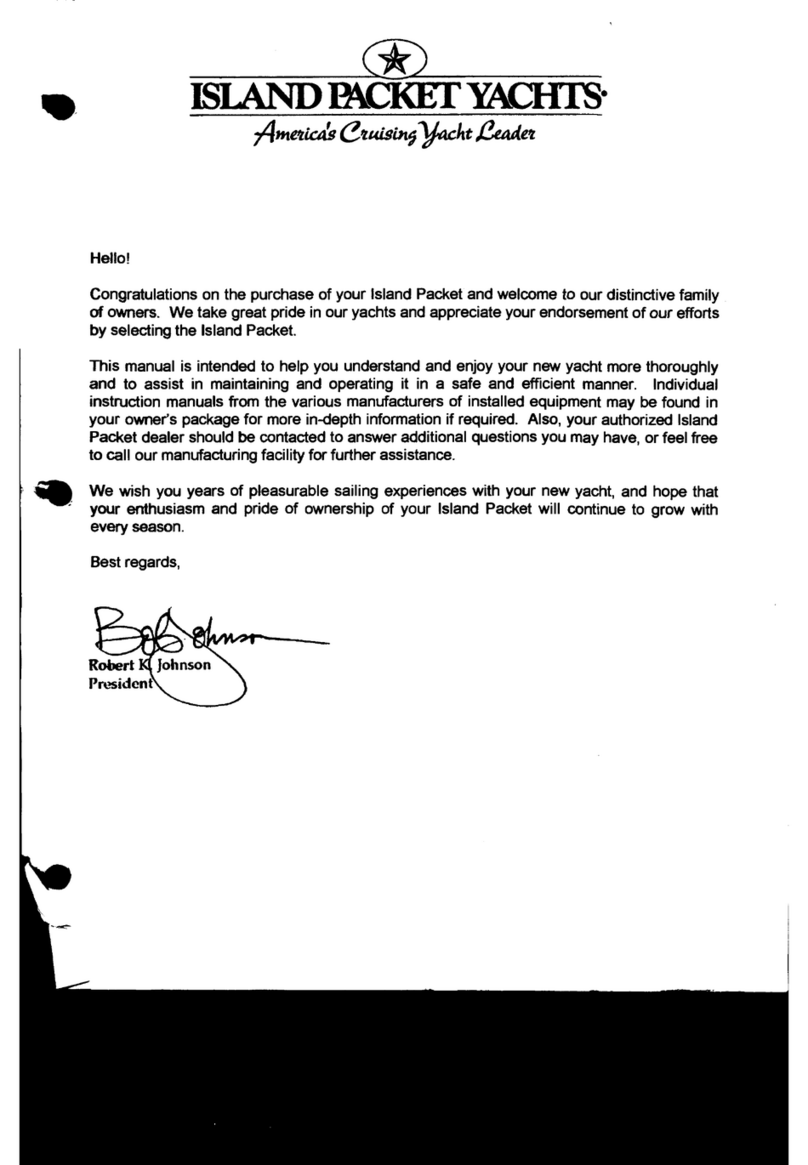2
Assembling Instruction - Triton Ladoga 1 advanced
Dear Customer,
At first: please do not be alarmed by the extent of these instructions!
The assembling instructions are very detailed and almost every step is illustrated. You will
notice that it will help you at one point or another. After a few times and with a little practice
you won’t need the manual anymore.
You have purchased a Ladoga 1 advanced - a powerful kayak with extremely high stability
and stiffness, which was awarded among others by “Kanu-Magazin” with the "Price Tip", but
was also honorably mentioned by “Kajak-Magazin”. The Ladoga 1 advanced has been one
of the best-selling folding single kayaks in Europe in recent years.
The body stiffness results from the high structural performance of the frame; on the other
hand the hull is designed to fit the frame perfectly. This is why the first few setups are power
intensive, since frame and skin have to adapt to another (the hull expands a bit while/after
assembling the first couple of times). The assembling gets then easier each time.
Please take your time for the first assembling to learn about the special features. It is
strongly recommended following the single steps in the instructions carefully!
Otherwise, it will be unnecessarily difficult. After some practice you will build it up without
much hassle in about 25 minutes. Always keep in mind that no one is born a master, and the
individual assembling has to be learned for each folding boat.
If you have any questions, your dealer will be happy to assist you. Otherwise you can also
contact
us
directly
-
as
an
importer
(call:
0
049/731/4007675, mail: [email protected]).
As a "reward" of the assembling you get a fast and stiff touring kayak, which is characterized
by excellent handling and a strong hull!
Please also consider the instructions of “Care and Accessories”at the end of this manual.
Especially if you are planning extensive tours in salt water, which requires special care!
We hope you enjoy your new kayak!
Brief overview of assembling:
1. Assembling bow: Attach 4x stringer elements without lock,
Attach 4x stringer elements with lock and install cross rib #1 and #2
2. Assembling stern: Attach 4x stringer elements without lock,
Attach 4x stringer elements with lock and install cross rib #5
3. Insert bow and stern into the hull and tension the keel
(Therefore take the stringer elements out the skin!)
4. Insert the coaming (do not close it, yet!)
5. Close the stringer
6. Close the coaming
7. Install and mount cross rib #4 and suspension seat, then install cross rib #3
8. Install half cross rib in front of the seat and mount the rudder system
9. Inflate sponsons
This short description should provide a general overview of the basic structure of
assembling. For the first few times please consider the following detailed assembly
instructions and read them carefully before you get going:



























